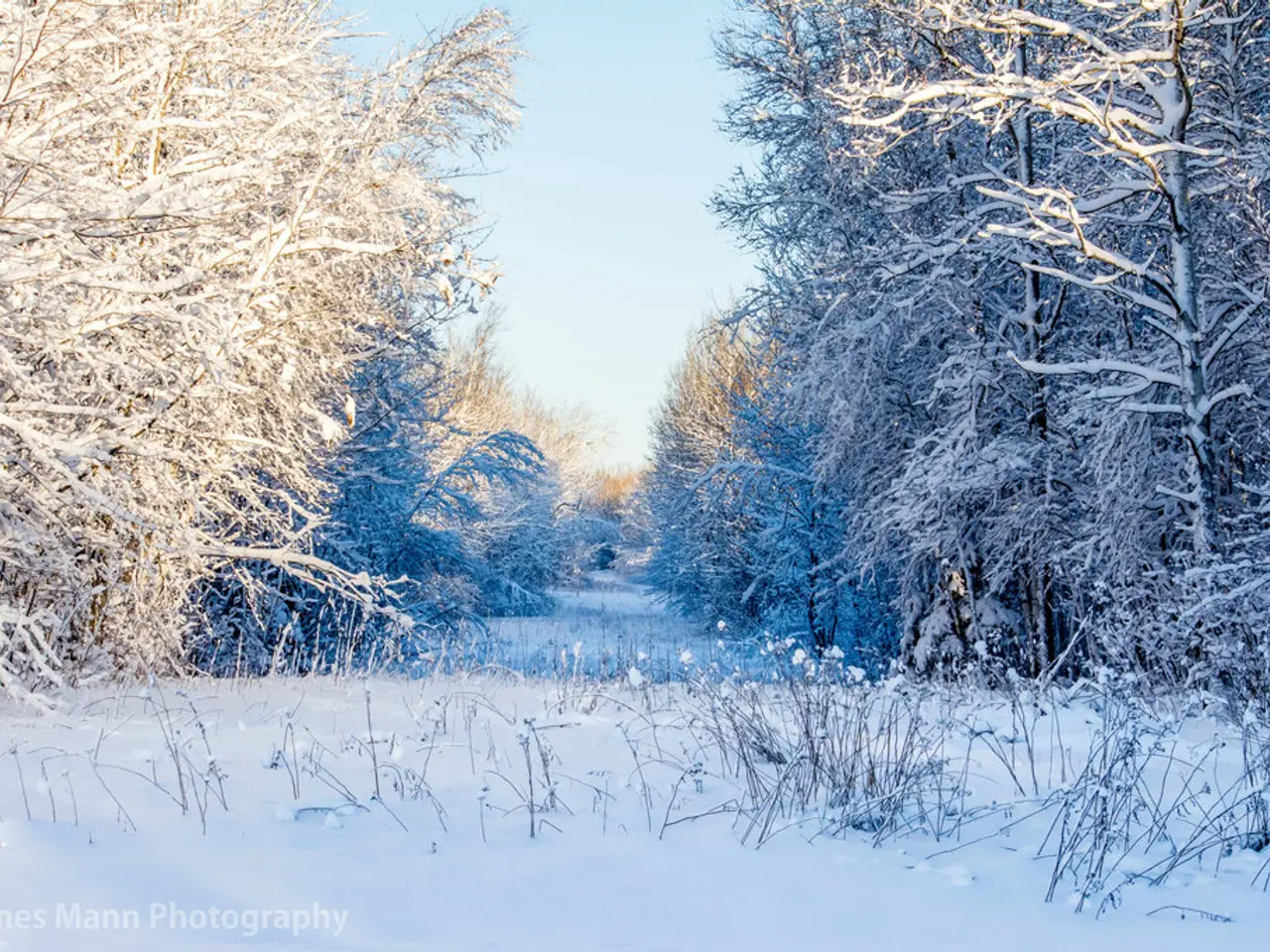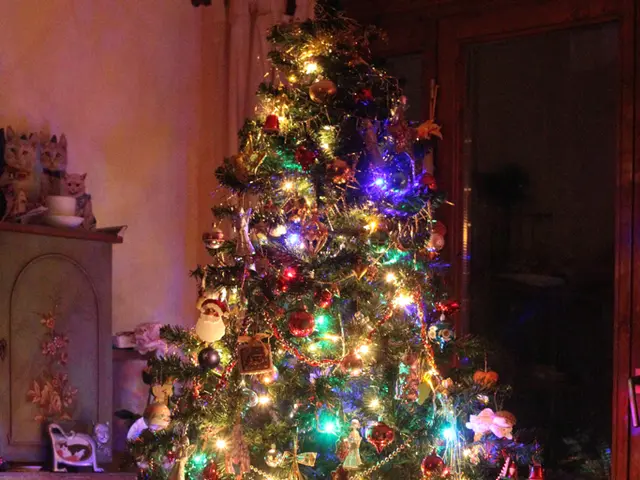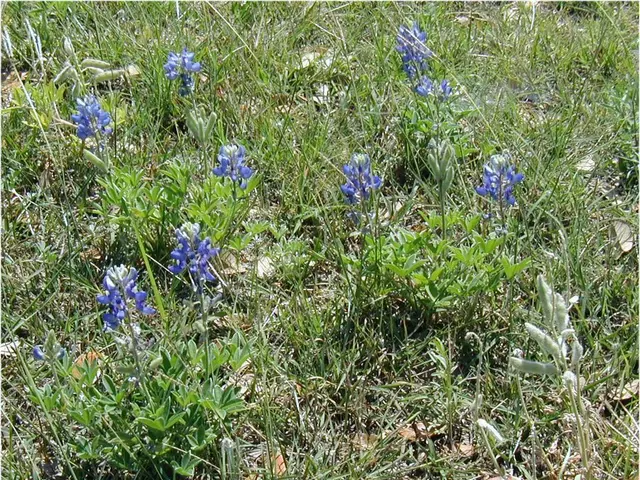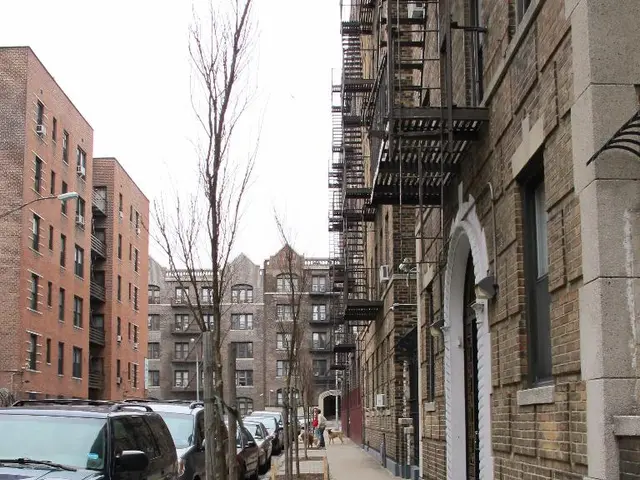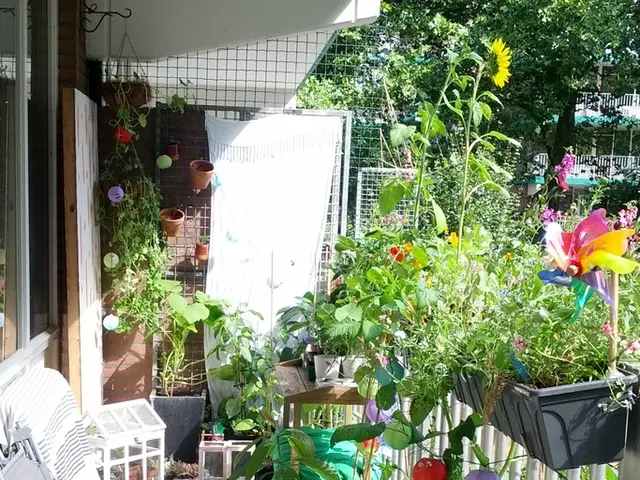First Frost Date: Extend Your Garden's Life and Protect Plants
Gardeners, mark your calendars! The first frost date is on its way, signaling the end of the growing season. But fear not, with the right knowledge and preparation, you can extend your garden's life and protect your plants.
Determining your local first frost date is easy. Check the National Weather Service website, USDA Plant Hardiness Zone Map, or the Old Farmer's Almanac. Remember, it's an average, so be prepared for variations.
Light frosts can clip delicate crops like basil or beans, while hard frosts can knock out even tougher ones like chard. Freezes, being longer, can affect plants differently, with annuals often destroyed. Mountainous areas and higher elevations, like parts of the Mosel region in Germany, typically see the earliest first frosts.
Missing the first frost date can leave your plants, like tomatoes or marigolds, as frozen mush. To extend your garden's life, cover crops and delicate plants with old bedsheets or row covers. Mulching perennial plants with 2-4 inches of straw or shredded bark can also shield roots from cold.
As frost approaches, winterize plants, move sensitive ones indoors, and harvest the last of your crops. The first frost date draws a hard line for gardeners, shaping their planting plans and steering their whole season.
The first frost date is a crucial milestone for gardeners. It's a time to prepare, protect, and preserve your garden. With the right actions, you can extend your growing season and ensure your plants make it through the winter.
